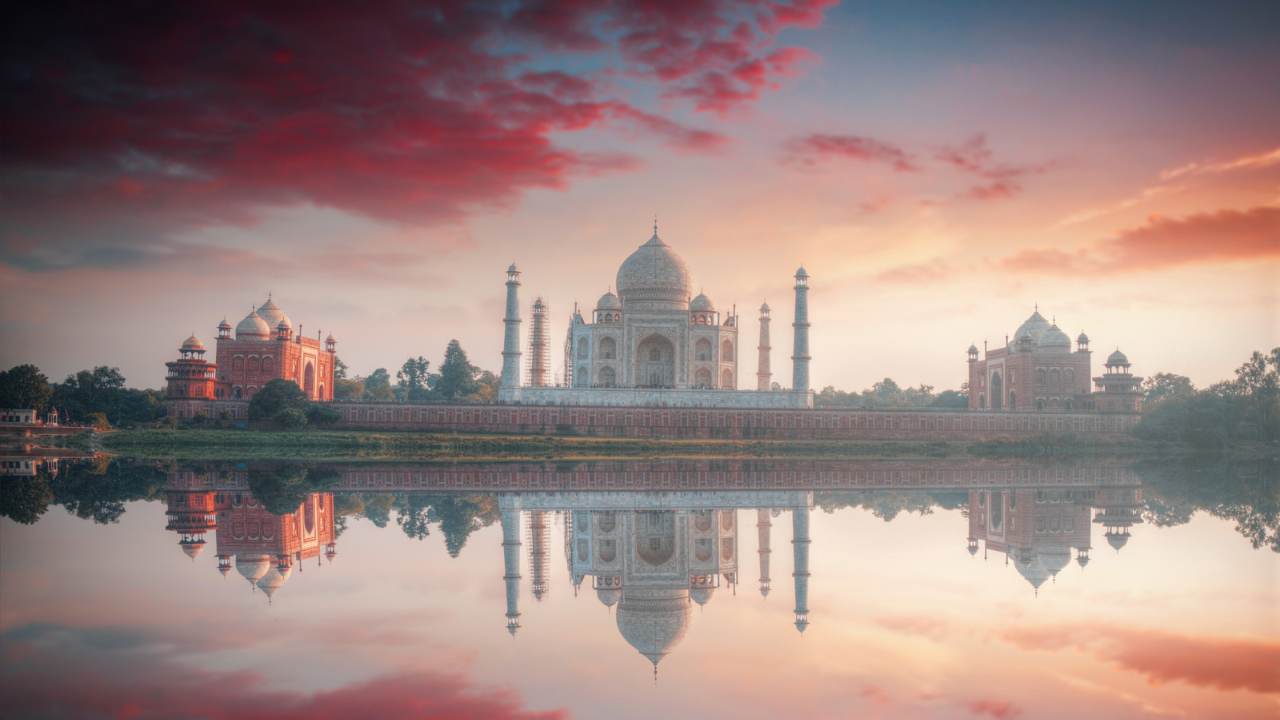
The Mughal Empire was founded by Central Asians who were influenced by Persian culture.
They invaded India under Emperor Babur, conquering Delhi in 1526 and defeating Ibrahim Lodi, then the Sultan of Delhi.
At this point the Mughals were foreign invaders. Strikingly, they did not carry out a big massacre of Delhi’s population, choosing instead to win support from their new subjects.
Over the next few generations, the Mughals indigenised, becoming Indian. Every Mughal Emperor but Babur had an Indian mother. They merged and synthesised local customs and traditions with their Persianate culture.
The Mughal attempt to indigenise, to become Indian, was reflected in the way they governed their domains.
In Gujarat the imperial authorities recruited scribal Brahmins as officers, while local gentry and merchants, given royal robes and turbans, collected revenue for the Empire.
The Mughals involved local populations in the governance of their regions. They did this for practical reasons - it was the simplest option. But it also allowed the Empire to accommodate diversity while still maintaining its Mughal identity.
It is valuable to compare Mughal rule with British colonialism. Far from being similar, they were fundamentally distinct. This is what the Mughal historian Ghulam Hussain Khan said in the 1760s:
“The English have a custom of coming for a number of years, and then of going away to pay a visit to their native country, without any of them showing an inclination to fix themselves in this land. And as they join to that custom another one of theirs, which every one holds as a divine obligation: that of scraping together as much money as they can in this country, and carrying these immense sums to the Kingdom of England…”
By contrast, he wrote, the Mughals “bent the whole strength of their genius in securing the happiness of their new subjects; nor did they ever abate from their effort, until they had intermarried with the natives, and got children and families from them, and had become naturalised. Their immediate successors, having learned the language of the country, behaved to its inhabitants as brothers of one mother and one language…”.
Khan was not an impartial observer, being a Mughal, but the difference between British and Mughal rule was widely seen by Indians in this way, as made clear when Hindus and Muslims alike rallied behind the Mughal flag in the 1857 Uprising against the British. They saw the Mughal Empire as a symbol of Indian sovereignty and power, not something foreign.
Vasudha Dalmia and Munis D. Fariqui, eds. Religious Interactions in Mughal India (2014)
William Dalrymple, The Anarchy: The Relentless Rise of the East India Company (2019)
William Dalrymple, The Last Mughal (2006)
Richard Eaton, India in the Persianate Age: 1000-1765 (2019)
Ira Mukhoty, Akbar: The Great Mughal (2020)